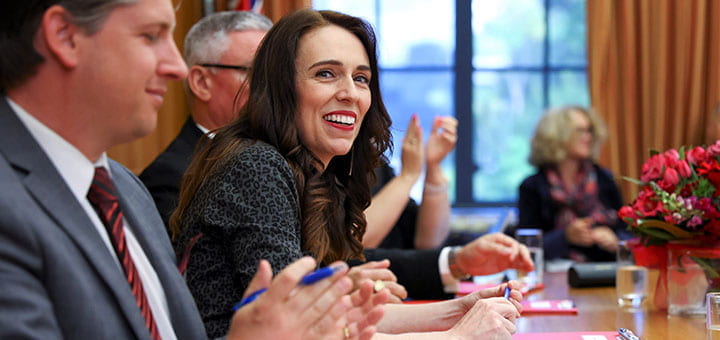Author: Tori Grant Welhouse
-

Inclusion
By
|
What Does It Look Like? It is not enough to diligently and proactively hire a diverse workforce. Successful organizations ensure that they are also creating inclusive environments in which all employees feel valued, welcome, integrated and not isolated. If not, experienced talent recruiters report, new hires will self-eject from the work situation in three months…
-

What’s in a Word?
By
|
Diversity “Diversity” is a trending cultural keyword on browsers like Google, Bing and Yahoo, and the top-ranked search results relate to meaning. What is the definition of diversity? Merriam-Webster has this to say about diversity: 1: the condition of having or being composed of differing elements : VARIETY especially : the inclusion of different types of…
-

Revisiting Gender Equity
By
|
A Women’s Leadership Movement? Recent media stories about how strong female leaders are succeeding through the pandemic crisis have created a movement of reevaluating what a strong leader looks like and of taking a long, hard look at gender equity. Prime Minister Jacinda Ardern of New Zealand has been praised for her leadership style during…
-

What NOT to Wear
By
|
(with apologies to TLC) When choosing to live more sustainably, small steps can make a big difference. Every choice or purchase we make has an impact, including what we choose to put in and on our bodies. Fashion is a new vanguard of sustainability with savvy, professional women shopping smarter by doing their research and investing in pieces that…
-

Holiday Ideas for Assisted Living
By
|
Holiday spirit is about what’s in your heart, and this year it seems more important than ever. Administrators and staff can create a holiday to celebrate for residents by planning small events that make memories for residents. Below are some ideas. Do one or two or more! Celebrate Gingerbread Decorating Day – Saturday, December 9…
-

Chasing Strengths
By
|
What Really Matters in Effective Leadership The maxim may be true that you cannot lead others if you don’t understand yourself. However, leading only with a strengths-based focus can reveal character blind spots, which may cascade to organizational weaknesses. For example, a creative, big-picture thinker who cannot translate their vision into a realistic operating plan with specifics…
-

Coming Trend of All Trends
By
|
The United Nations has determined that the environment and climate change are the defining issues of our time. Business experts say 2020 marks an era of sustainability with every business being called to make change. A convergence of forces is driving this urgency, encompassing shifting weather patterns, rising sea levels, and an increasing demand for…
-

Defining Leadership for Yourself
By
|
According to Merriam-Webster, the definition of leadership encompasses: 1) the office or position of a leader; 2) capacity to lead; 3) the act or instance of leading; and 4) leaders. Leadership is personal and organizational. It can be demand-driven, purpose-driven, people-driven or all three. Leadership can be described differently by different people, depending on their vantage point.…
-

Emotional Intelligence and Caregiving
By
|
A MEANINGFUL CIRCLE Emotional intelligence (EI) has long been embraced by the business community, and leaders are coached to enlarge their empathy and understanding of employees in order to address fundamental interpersonal and emotional needs in the workplace. But does EI help in caregiving? It turns out yes. That was the result of a multi-year…
-

What the High-Value Companies Know
By
|
The Importance of Professional Development Comparably launched in March 2016 as a compensation data and culture platform with the mission of “making workplaces transparent and rewarding for both employees and employers.” Comparably ranks companies on their culture, based on a variety of factors, as contributed by real employees. A key factor for culture is professional development. Says…

